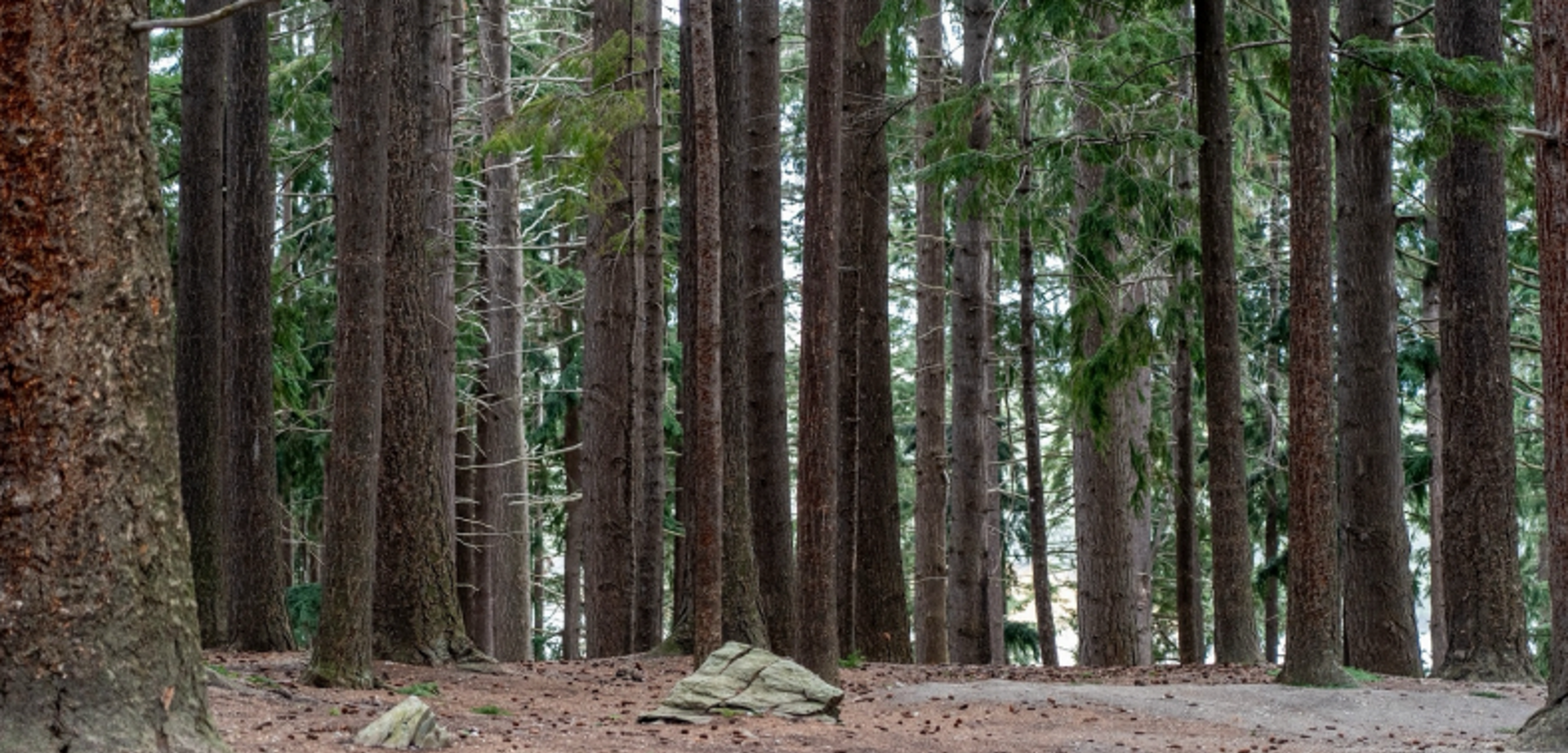
Planning for the future of Te Kararo Queenstown Gardens
QLDC has officially adopted the Te Kararo Queenstown Gardens Conifer Succession Plan, a long-term strategy to protect and enhance one of Queenstown’s most iconic green spaces.
Share this page
-
QLDC has officially adopted the Te Kararo Queenstown Gardens Conifer Succession Plan, a long-term strategy to protect and enhance one of Queenstown’s most iconic green spaces. The plan sets out how wilding conifers—now reaching the end of their life—will be gradually removed and replaced with a diverse mix of native and suitable exotic species over the next 60–80 years.
This is a major step forward for local biodiversity and climate resilience. By shifting away from pest-prone conifers and toward eco-sourced plantings, the Gardens will become more ecologically balanced, better adapted to changing conditions, and more supportive of native wildlife.
Community feedback gathered in April and May showed strong support for native revegetation, with some concern around the loss of shelter provided by existing trees. In response, QLDC has made several updates to the final plan, including:
- Trial planting sites in the Gardens this spring to show what future plantings will look like
- An annual assessment period to monitor progress and adapt as needed
- Improved planting maps to clarify shelterbelt areas and planting strategy
- Consideration of existing buildings like the Ice Arena and Parks facilities in species selection
QLDC has also signed a Memorandum of Understanding with Friends of the Gardens (FOG), Wakatipu Community Gardens (WCG), and future stakeholders to guide collaboration and uphold shared principles throughout the process.
This plan isn’t just about tree replacement; it’s about long-term ecological stewardship. It reflects a commitment to restoring balance, supporting biodiversity, and ensuring Te Kararo remains a thriving, resilient space for generations to come.
Click here to check out the full plan and how the community feedback helped shape it.